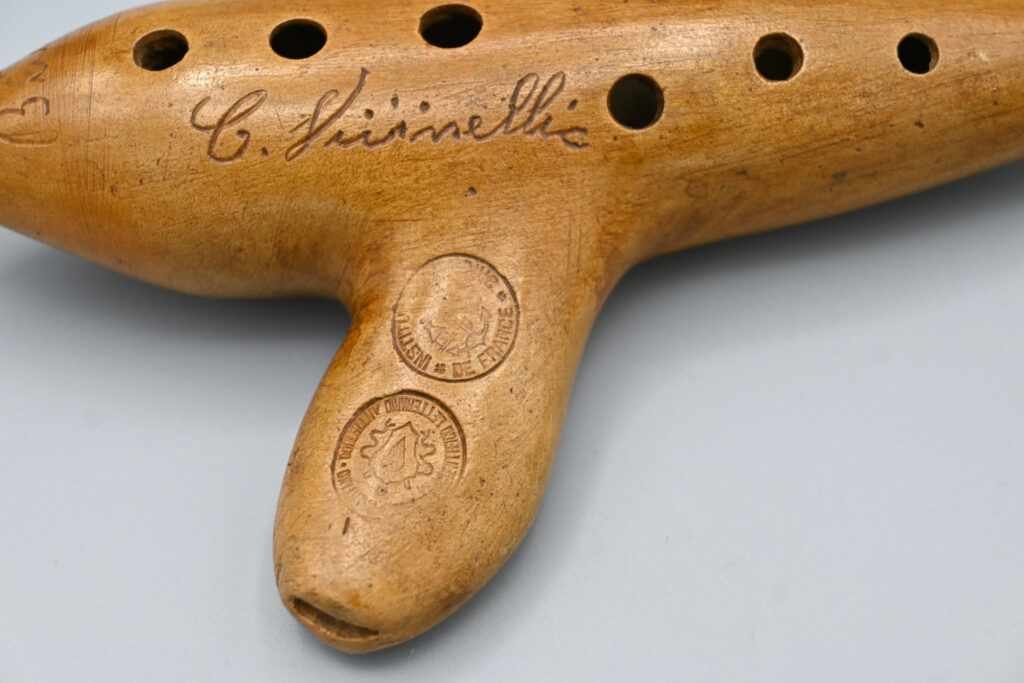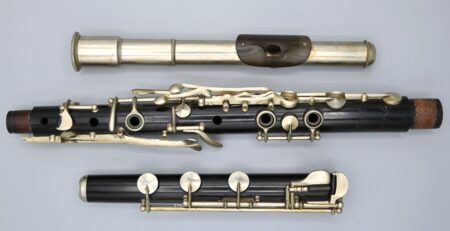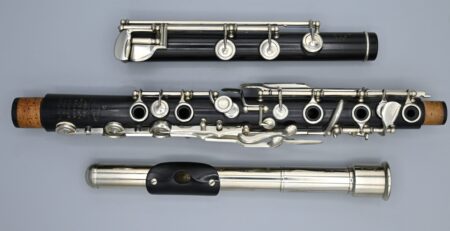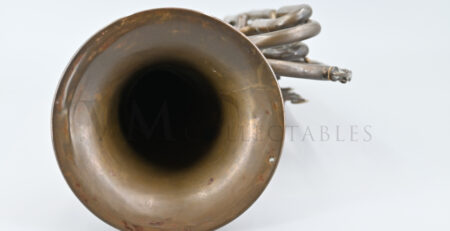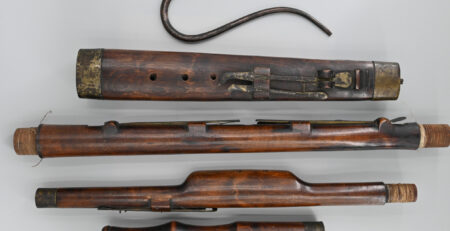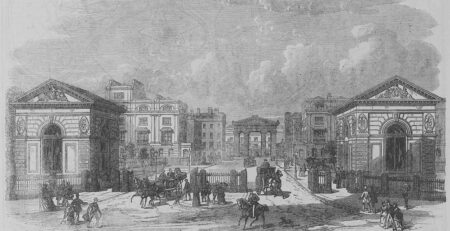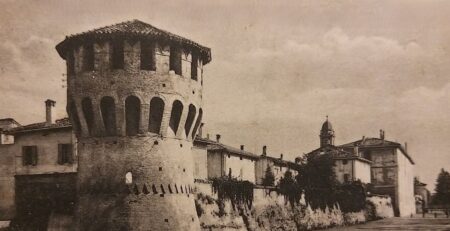Cesare Vicinelli – the ocarina’s Stradivarius
Imagine an ocarina with exceptional intonation, pure sound quality and design elegance. Then its maker could be the man known as the Stradivarius of ocarinas – Cesare VICINELLI (1841-1920). From kiln man to ocarina maker par excellence, Cesare Vicinelli certainly had an exciting life. But how could that all come about?
Cesare Vicinelli was born in 1841 in Bologna just 15 kilometres from Budrio, in Emilia-Romagna, Italy. He lived near Budrio where he set up a company to manufacture bricks and worked with his father. Music was one of his passions and he played not just the ocarina, but the guitar, trombone and euphonium too.

He formed part of the original lineup of the Concerto delle Ocarine quintette (1863-1869). He played alongside the inventor of the ocarina and group founder Giuseppe DONATI (1836-1925), Federico VIGNOLI, Ulisse AVONI and Giuseppe GROSSI. He also wrote music for the ocarina. The group was active from 1863 to 1869, then disbanded. In 1870, a new group called the Montanari degli Appennini [Appennini mountaineers] was formed. The group wore costumes that were typical of the mountains. Donati had constructed a sixth ocarina, so it was a sextet, but this time without Vicinelli. In around 1873, Donati had finished the seventh ocarina, the bass, and Vicinelli returned to form part of the septet. Years of national and international tours followed, with several splits and changes in the lineup. Eventually the group would renew itself to become the Ocarinisti Di Budrio and evolve and change to be called what it is today – Gruppo Ocarinistico Budriese.
Vicinelli started to make his own ocarinas in around 1878. Maybe he seized the perfect moment and opportunity as this was exactly when Donati left to set up in Bologna. In the same year, he published an ocarina tutor in Spanish and during the same decade, he sold his ocarinas in a music library and instrument shop in Palma de Mallorca. At that time, one of the teachers at the Palma conservatoire for ocarina was his shop partner and, for some time, fellow ‘Montanari’, Luigi CUSSINI PASTI.

It is clear that Vicinelli was the very first ocarina maker in Budrio to start using cast iron moulds to make his instruments. This made it easier for him to maintain the same product quality and produce greater quantities. The ocarinas were made using the transverse union method. In other words, the elongated part including the mouthpiece was first modelled as a section. Then it was joined together with the shorter rounded end part. The ocarina walls were very thin and therefore much lighter and easier to play than those made by the competition. Vicinelli prided himself on the construction of his ocarinas, taking great care of every detail, but especially the interiors. The ocarinas tend to have very smooth internal walls. The tone holes and mouthpiece are carved with utmost precision. Extant instruments are mainly terracotta coloured or black and have a shellac coating for protection. Vicinelli is also famous for his ‘double’ ocarina design.
Vicinelli only ever had one apprentice, and that was Guido CHIESA (1884-1965). Chiesa started working for Vicinelli in 1896. On Vicinelli’s death in 1920, Chiesa inherited his house, equipment, laboratory and as successor, his happy clientele and artisan legacy.
